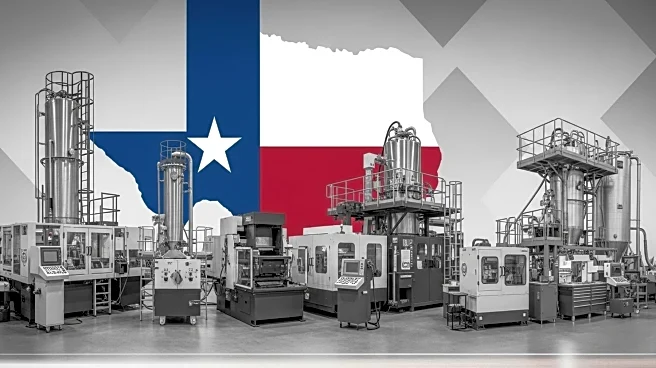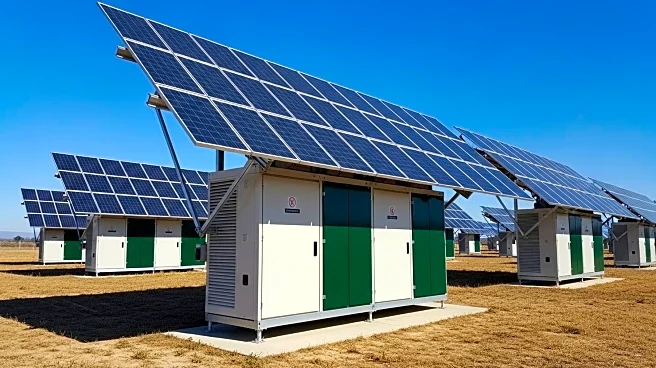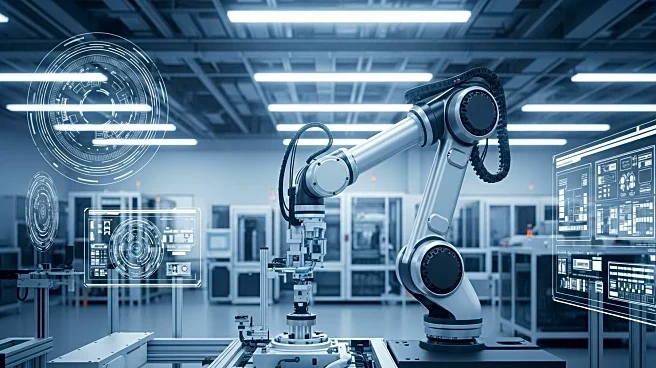What is the story about?
What's Happening?
The Texas manufacturing sector saw a slowdown in growth during September, as reported by the Texas Manufacturing Outlook Survey. The production index, a key indicator of manufacturing conditions, decreased to 5.2, marking a 10-point drop from August. This decline suggests below-average output growth. Other indicators, such as the capacity utilization index and the shipments index, also showed reduced activity, with the former falling to 3.9 from 13.7 and the latter dropping eight points to 6.7. The new orders index turned negative at -2.6, indicating a slight decline in demand. Broader business conditions also worsened, with the general business activity index falling to -8.7. Labor market measures reflected a slight decline in employment, with the employment index dropping to -3.4, its lowest since April. Despite these challenges, price and wage pressures remained largely unchanged, with the raw materials prices index staying elevated at 43.4.
Why It's Important?
The slowdown in Texas manufacturing growth is significant as it reflects broader economic challenges that could impact the state's economy. The decline in new orders and general business activity suggests potential headwinds for manufacturers, which could lead to reduced production and employment in the sector. This slowdown may also affect related industries and supply chains, potentially leading to broader economic implications. The stability in price and wage pressures indicates that inflationary pressures remain a concern, which could influence future business decisions and consumer spending. The manufacturing sector's performance is a critical component of the state's economic health, and any sustained downturn could have ripple effects on employment and economic growth.
What's Next?
Looking ahead, expectations for future manufacturing activity remain positive, although optimism has waned. The future production index fell to 31.6 from 40.4, and the future general business activity index dropped to 8.4. These figures suggest that while growth is anticipated, it may be at a slower pace. Manufacturers may need to adapt to changing demand conditions and consider strategies to mitigate potential risks. Stakeholders, including policymakers and business leaders, will likely monitor these trends closely to assess the need for supportive measures or policy adjustments to bolster the sector.
AI Generated Content
Do you find this article useful?













